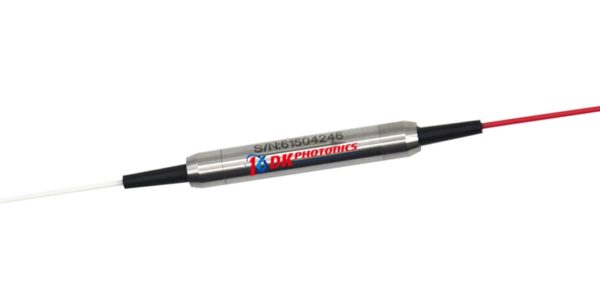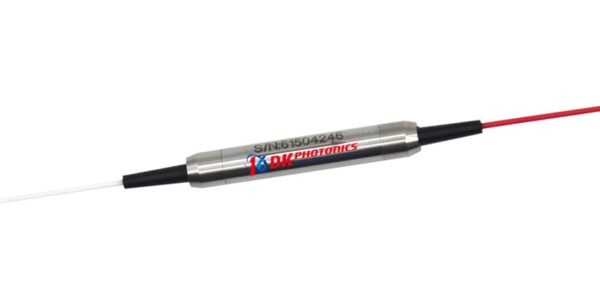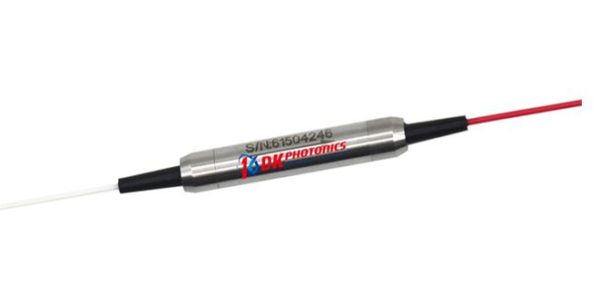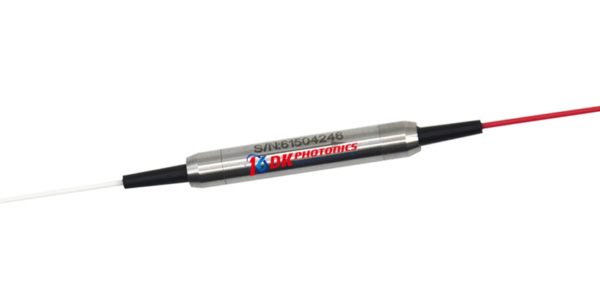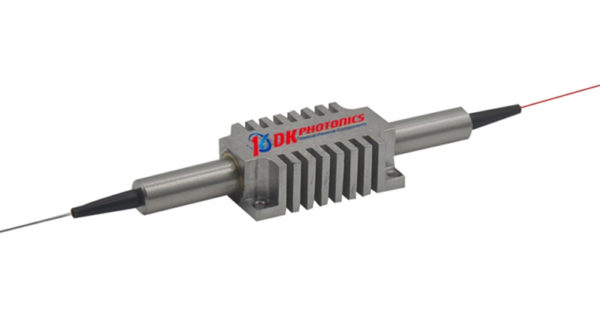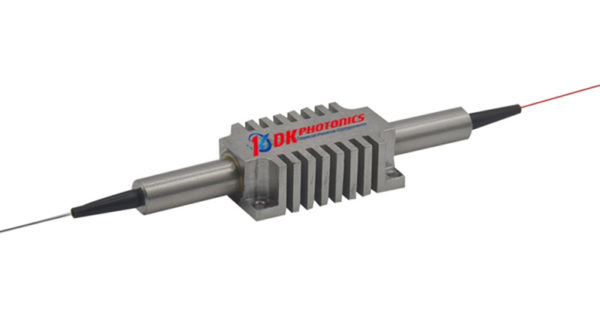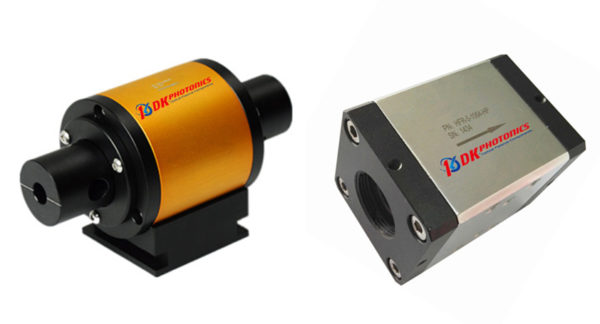What Is a 1064nm High Power Isolator?
In the world of optical technology and photonics, isolators play a pivotal role in ensuring the efficient flow of light through optical systems. When it comes to isolating light at a specific wavelength, the 1064nm high-power isolator takes center stage. In this blog, we will explore the significance of 1064nm high power isolators and their applications in various industries.
A 1064nm high-power isolator is a specialized optical device designed to allow light to pass through in one direction while isolating or blocking light traveling in the opposite direction at a specific wavelength of 1064 nanometers (nm). These isolators are crucial in optical systems where maintaining the integrity of laser sources or preventing back-reflections is essential.
Key Features and Benefits
1. High Power Handling: One of the primary advantages of 1064nm high power isolators is their ability to handle high optical powers. This makes them suitable for a wide range of high-power laser applications.
2. Wavelength Specific: These isolators are designed to work specifically at 1064nm, making them ideal for applications involving Nd:YAG and Nd:YVO4 lasers, which emit light at this wavelength.
3. Low Insertion Loss: 1064nm high power isolators are engineered to minimize insertion loss, ensuring that the majority of the incident light passes through while effectively isolating the unwanted reflections.
4. High Isolation Ratio: These isolators offer excellent isolation ratios, typically exceeding 40dB, which means they can effectively prevent back-reflections from reaching the laser source.
Applications
1064nm high power isolators find applications in various industries and fields, including:
1. Laser Marking and Engraving: Nd:YAG and Nd:YVO4 lasers are commonly used for laser marking and engraving, and 1064nm isolators are essential in these applications to protect the laser source and maintain high-quality marks.
2. Laser Cutting: High-power laser cutting systems, such as those used in metal processing, rely on 1064nm isolators to prevent back-reflections that could damage the laser.
3. Medical and Biotechnology: In medical equipment and biotechnology, 1064nm high power isolators are used to ensure the safety and performance of laser systems, such as those used in surgery or diagnostics.
4. Research and Development: In research settings, these isolators are indispensable for experiments involving high-power lasers at 1064nm.
Conclusion
1064nm high power isolators are vital components in the world of optics and photonics, enabling the reliable and efficient operation of high-power lasers across various industries. Their ability to handle high optical powers, maintain wavelength specificity, and provide high isolation ratios makes them indispensable in numerous applications.
